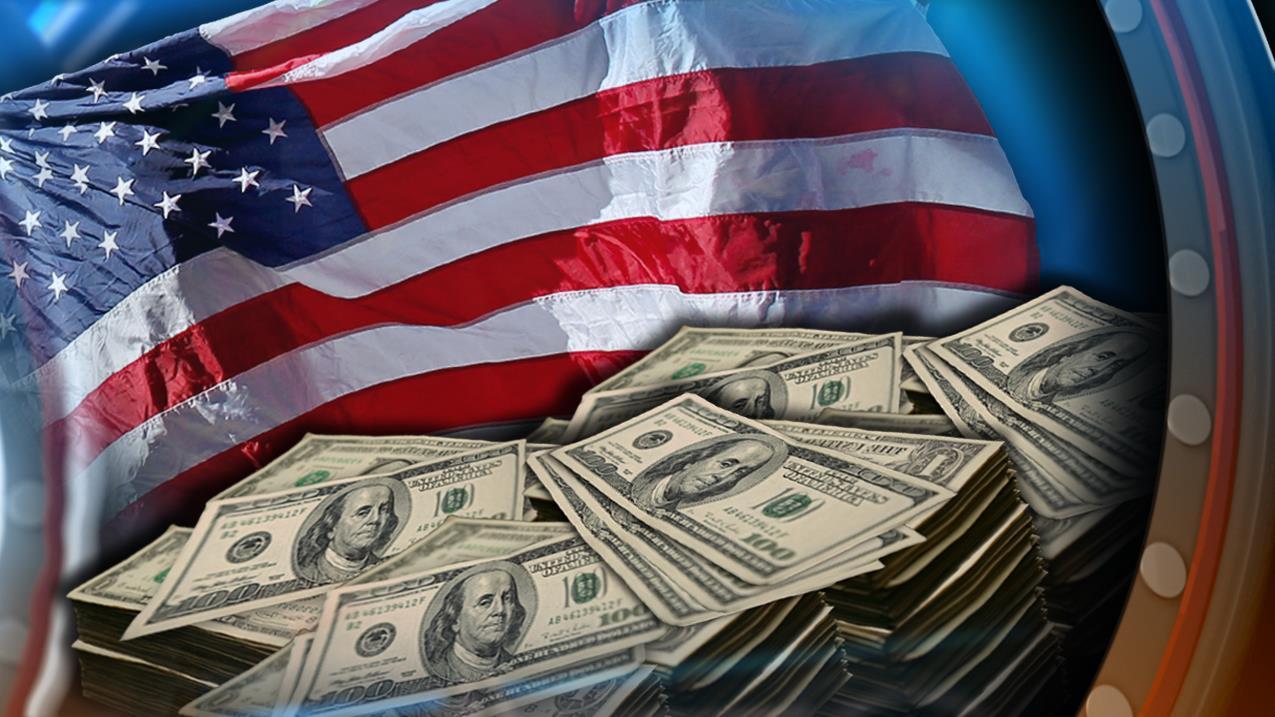Tax rates might be lower, but rich subject to greater tax burden
As Democrats introduce a number of policies that would require the wealthiest Americans to pay more in taxes, data shows that they are already shouldering a larger share of the country’s tax burden.
Even though the top marginal tax rate on the top 1 percent of taxpayers has declined since 1986 – when it was 50 percent – the share of the income tax burden they are responsible for has trended higher, according to IRS data analyzed by the Tax Foundation.
Tax rates don’t necessarily measure what people are paying, as rich taxpayers are often able to employ tactics that allow them to reduce their taxable income – making their effective tax rates much lower.
For example, the top marginal income tax rate was 92 percent in the 1950s, but the effective tax rate for the 1 percent was less than 17 percent, according to the analysis.
However, even as the top marginal tax rate fell to 39.6 percent – as of 2016 – the share of the income burden shouldered by the 1 percent was actually meaningfully higher than 30 years prior when the top rate was 50 percent – increasing to 37.3 percent from 25.8 percent.
When the top rate was about 40 percent in the 1990s, the share of the income burden paid by the top 1 percent was still lower, overall, than in 2016.
CLICK HERE TO GET THE FOX BUSINESS APP
As previously reported by FOX Business, the top 1 percent accounted for about 37.3 percent of all income taxes paid in 2016. They paid an effective income tax rate of about 27 percent – a rate that is about seven times more than what was paid by the bottom 50 percent of taxpayers.
What accounts for the trend? Tax Foundation researchers say it is due to a rise in the taxpayers who owe nothing in income taxes after taking deductions and exemptions, which places a larger burden on those who pay. Those items include the standard deduction, the personal exemption, the Earned Income Tax Credit and the Child Tax Credit.




















